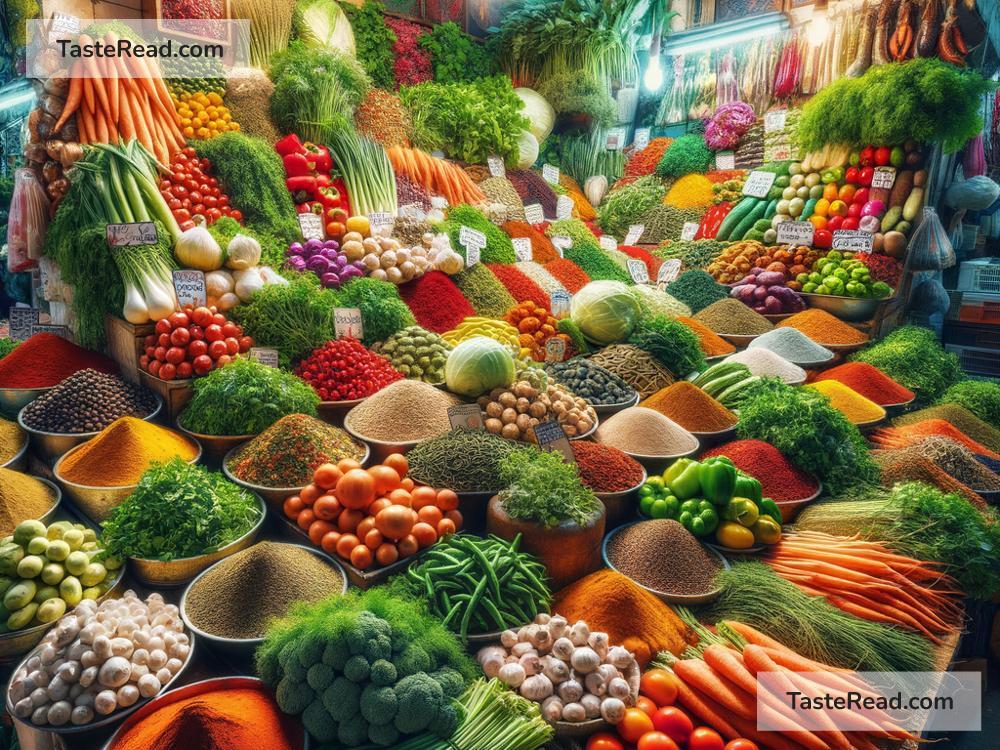Title: Unwrapping the Delicious Mystery of Egyptian Mahshi
If you’ve ever sat down to a traditional Egyptian meal, chances are you’ve been treated to the delightful experience of tasting Mahshi. This quintessential dish is a staple in Egyptian cuisine, adored by locals and travelers alike. But have you ever paused to wonder about the story behind these stuffed delights? Let’s embark on a flavorful journey back in time to explore the roots of the Egyptian Mahshi.
What is Mahshi?
Mahshi might sound exotic, but it simply refers to vegetables stuffed with a savory mixture of rice, herbs, spices, and sometimes minced meat. In Egypt, the list of vegetables that might warrant this delicious treatment includes zucchini, tomatoes, bell peppers, cabbage leaves, and grape leaves, each offering a unique twist to the Mahshi experience.
A Historical Treat
The origins of Mahshi are as rich and diverse as the flavors it encapsulates. While it’s hard to pinpoint exactly when and where this dish was born, it’s widely acknowledged that stuffing vegetables has been a culinary technique in the Middle East for centuries. The method likely evolved as a delicious way to stretch limited resources, turning simple ingredients into hearty meals.
Dating back to ancient times, there are records of similar dishes being enjoyed by the Pharaohs of Egypt. This makes Mahshi not just a meal but a continuation of a culinary legacy thousands of years in the making. The dish reflects the agricultural heart of Egyptian society, underlined by the Nile Valley’s abundance of fresh produce.
The Ritual of Making Mahshi
Preparing Mahshi can almost be considered a loving ritual, passed down from generation to generation. The process involves delicately hollowing out the chosen vegetables, preparing the spiced rice filling, and then carefully stuffing each vegetable before cooking. Often, this dish is prepared for family gatherings, imbued with a sense of togetherness and tradition.
Different families might have their unique blend of spices and techniques, making each Mahshi experience slightly different but equally heartwarming. This personalized touch adds to the dish’s charm, encouraging a sense of creativity in Egyptian kitchens.
A Fable of Flavors
At the heart of Mahshi’s allure is its incredible flavor profile. The combination of fresh vegetables, aromatic herbs, and spices, with the tender textures of rice and meat, creates a symphony of tastes. Common spices include cumin, cinnamon, and a blend of fresh herbs like parsley, dill, and coriander, each adding layers of depth to the dish.
What sets Egyptian Mahshi apart is not just the ingredients but how they are brought together with care and attention to detail. It’s a testament to the rich culinary heritage of Egypt, showcasing the delicate balance of flavors that Egyptian cuisine is known for.
Mahshi Beyond Borders
The concept of stuffed vegetables is not unique to Egypt. Neighboring countries in the Middle East and around the Mediterranean have their versions, highlighting the shared culinary traditions of the region. However, Egyptian Mahshi remains distinct in its preparation, spices, and the warmth it brings to the table.
A Dish for All
One of the most delightful aspects of Mahshi is its versatility. It can cater to a variety of dietary preferences, making it a beloved dish among vegetarians and meat-eaters alike. By simply adjusting the filling, Mahshi can be customized to suit everyone’s taste, making it a unifying dish that brings people together.
The Future of Mahshi
As the world becomes more interconnected, traditional dishes like Mahshi find new audiences. Chefs and culinary enthusiasts around the globe are exploring the roots of Egyptian cuisine, drawing inspiration from its rich flavors and techniques. Mahshi, with its deep historical roots and versatile nature, is at the forefront of this culinary exploration, introducing the world to the wonders of Egyptian cooking.
In a world that’s constantly rushing forward, Mahshi remains a delicious reminder of the importance of tradition, family, and the simple joy of a meal prepared with love. As we explore the roots of this timeless dish, we’re not just uncovering the history of Egyptian cuisine but also celebrating the universal language of delicious food that unites us all.
So, the next time you savor a bite of Mahshi, remember you’re not just enjoying a meal, but partaking in a tradition that has been shared and cherished for generations. Bon appétit, or as said in Egypt, “Sahtain!”


